A lonely marker on the foreshore
17/12/2021 | Andy Sherman
When heavy storms have battered the coast around Liverpool there are always several sites that the CITiZAN team visit in the following days to see what archaeology might have been exposed by the waves and wind. One of these sites is the 'rubble beach' that stretches between Hightown and Crosby. Here millions of tons of individuals bricks, roof tiles and fragments of decorative stonework are scattered everywhere you look across the foreshore. The variety of rubble which can be seen is truly incredible, from large sections of mortared together brick wall to slabs of concrete which still have tiles set in the upper surface.
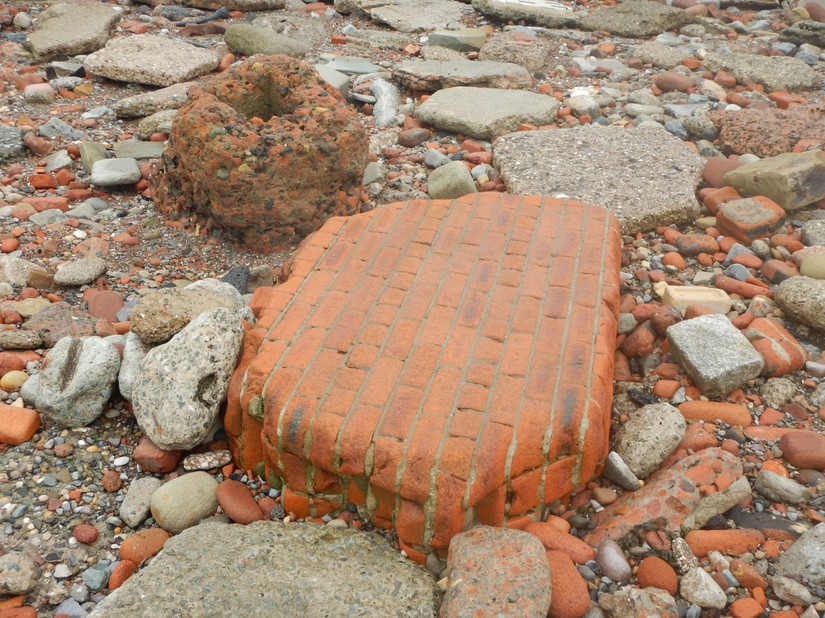
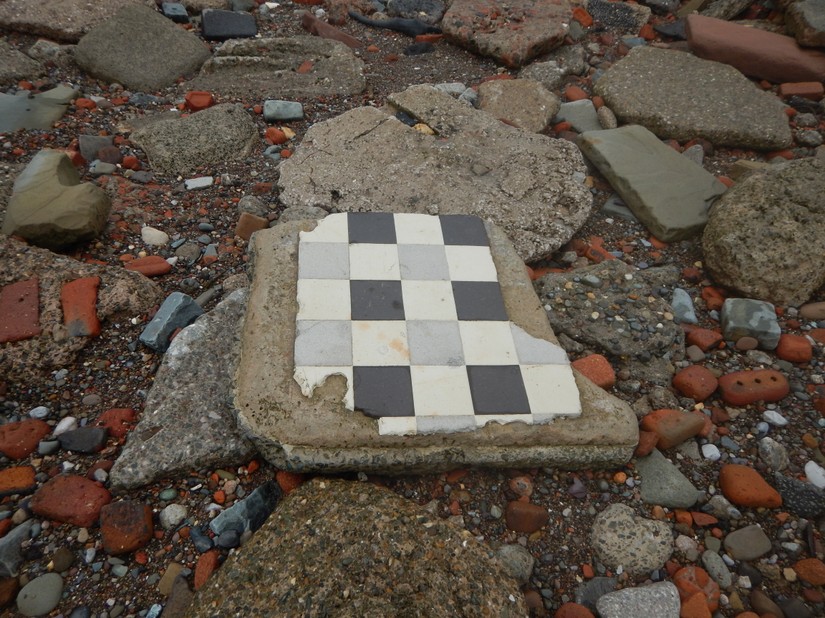
The beach is formed by a huge quantity of demolition rubble, which was dumped on the foreshore to form a defence against coastal erosion. Known locally as the Blitz Beach, it's often thought that all the rubble originates from the demolition of buildings damaged during air raids on Merseyside during the Second World War. But the dump of rubble comes from a range of different demolition projects including the clearing of abandoned "gun emplacements and blockhouses"1 at Potter Barn, Seaforth, the demolition of flats and maisonettes between Scotland Road and Bevington Crescent to make way for the access road for the second Mersey Tunnel in the 1960’s2 and the demolition of Fort Crosby in 1967. Mixed in with this rubble is soil from the excavation of the metro’s loop line in 1972.
Given the different sources for the rubble it can be difficult to ascribe specific pieces to World War Two devastation. However, one kind of stonework occasionally found here will almost certainly have come from rubble cleared after the blitz, gravestones.
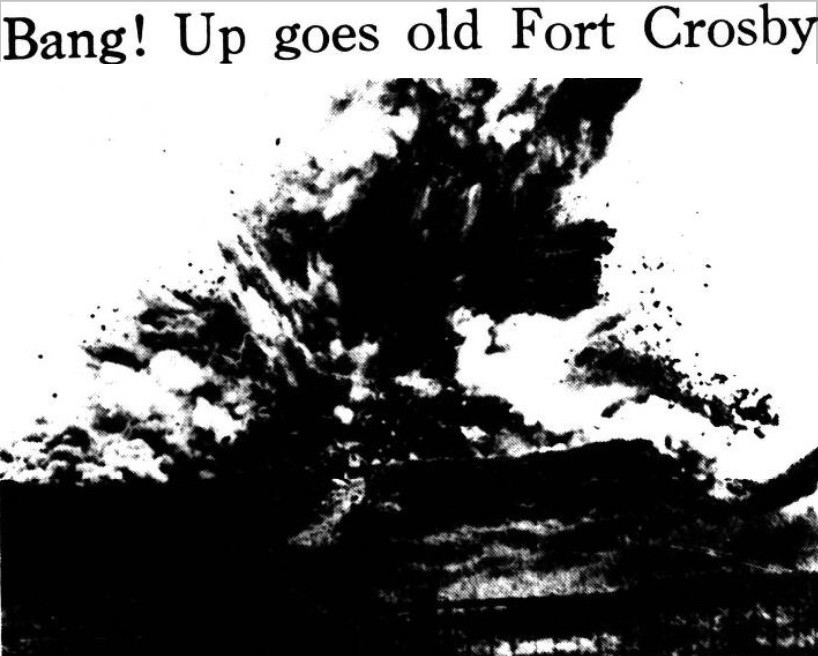
By November 1940, several churches had been badly damaged by the Luftwaffe's attacks on the city. These included St Silas's, Toxteth; St Matthew's and St James, Mossely Hill; St Clement's, Toxteth; Holy Trinity's, Walton Beck; St George's, Everton; St John's, Tuebrook and the Anglican Cathedral. All of these were visited by the Archbishop of York on 28th November 1940, during the visit the Archbishop commented "more than ever I realise that Liverpool is the worst bombed town in all my province."4 Cemeteries were also hit during the Luftwaffe’s relentless bombing campaign in the early 1940’s. "Three high explosive bombs and a number of incendiaries fell in a small area. One hit a cemetery, where it made a huge crater ..."5
The details of German bombing raids in the press were kept deliberately vague, to avoid giving the enemy effective intelligence on how successful their attacks were, and descriptions of raids on Liverpool churches are vanishingly rare. However, on 6th May 1941 the Liverpool Echo described the results of the fifth night of continuous bombing with an unusual poetic flourish. Stating the "the ever-changing patterns of the flames as seen in the many (church) windows appearing like living stained glass".6 With so many churches and cemeteries hit during the raids it's easy to see how fragments of gravestone might get swept up with other rubble and dumped on the beach.

In October CITiZAN identified one of these burial markers eroding from the foreshore north of Crosby.
The gravestone was partially exposed by coastal erosion, with an unknown proportion still buried in the cliff. The gravestone was covered by roughly 1.20m of rubble and soil and surrounded by fragments of concrete floor, reinforced concrete, and brick rubble. The exposed portion of the memorial measured approximately 0.32m in width and approximately 0.56m in length and was heavily scared. Whether this scarring was a result of enemy action or removal and dumping was not possible to tell.
Most of the gravestone was too badly eroded to be legible or was still buried within the cliff edge. However, the marker recorded the death of at least three people: Ann Jane Gre###, her husband, whose name was illegible and a third woman Ann, possibly the daughter of Ann Jane.
We hope to return to the site in January and see whether anymore of the gravestone has been exposed by the winter storms.
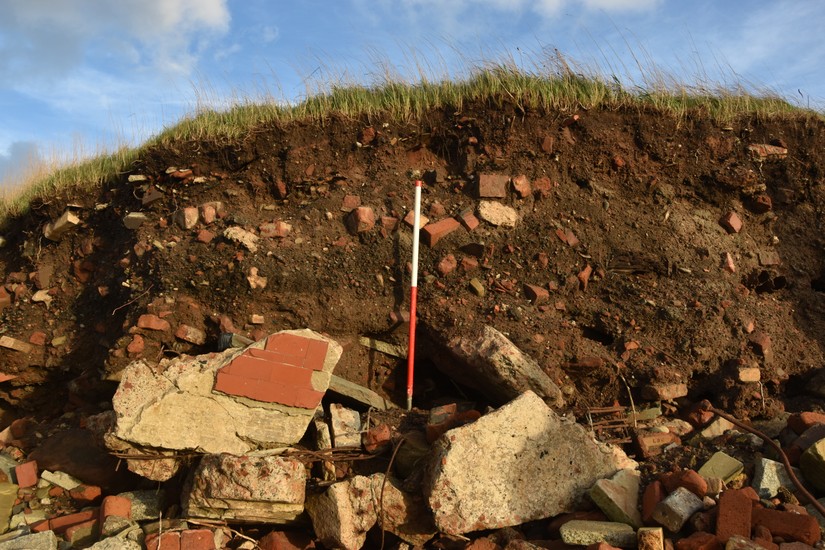
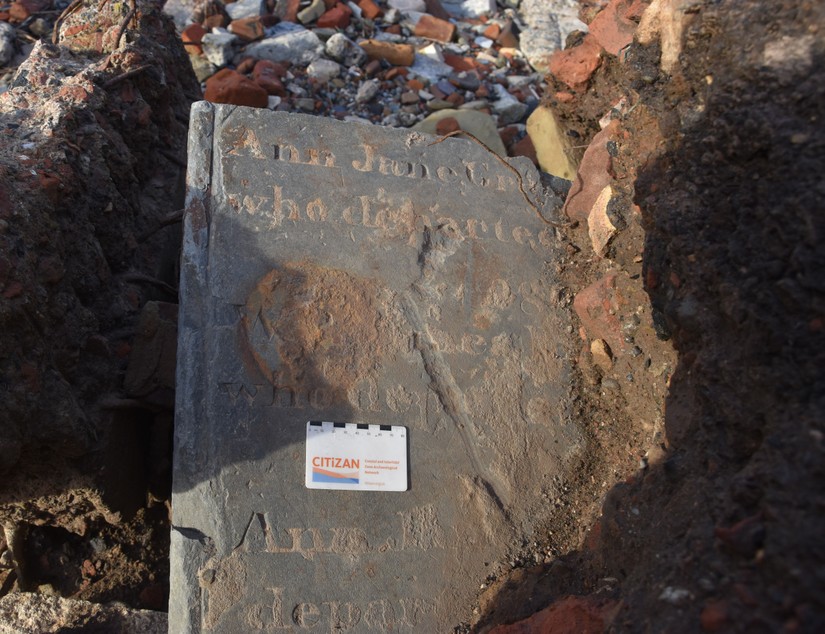
1 Liverpool Echo, 21st January 1960
2 Liverpool Echo, 5th January 1967
3 Liverpool Echo, 31st July 1967
4 Liverpool Daily Post, 28th November 1940, 'The bombed churches: Dr Temple's visit to Liverpool', p3
5 Liverpool Echo 3rd May 1941, 'Hit a cemetery', p4
6 Liverpool Echo, 6th May 1941 'City Church Blaze', p6








